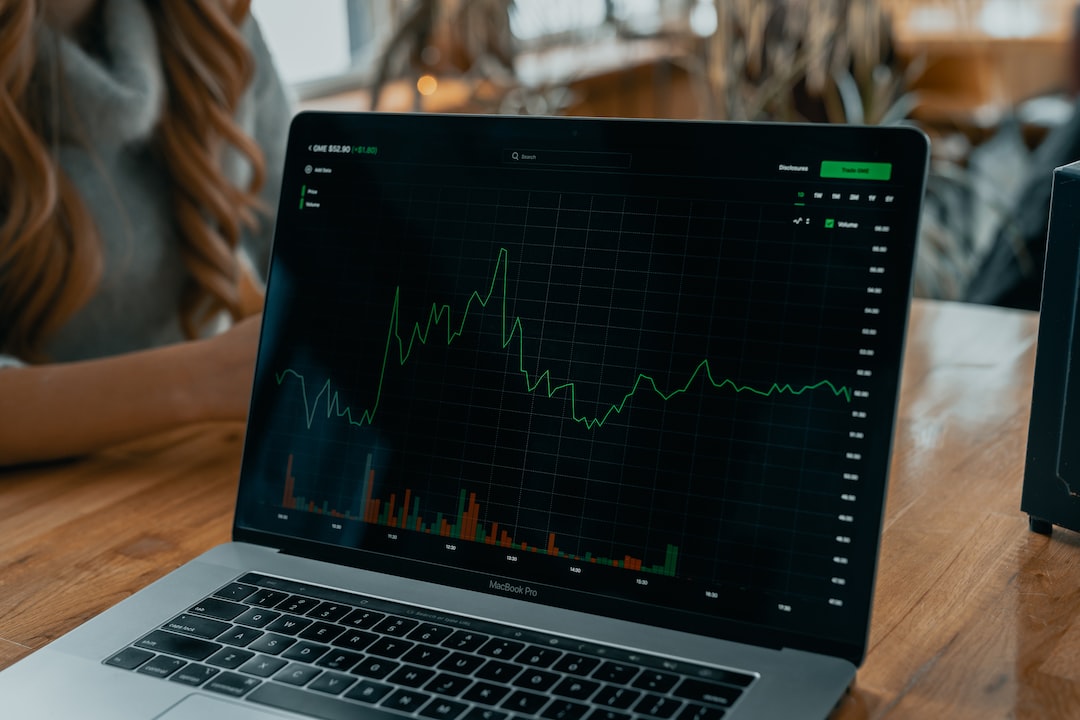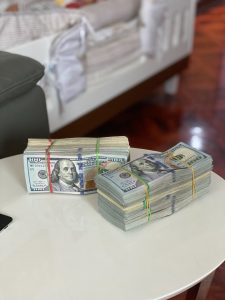Forex trading, also known as foreign exchange trading, is the buying and selling of currencies in the global market. It is a decentralized market that operates 24 hours a day, five days a week, and is considered the largest financial market in the world, with an average daily turnover of over $6 trillion.
The cost of forex trading varies depending on a variety of factors, including the broker, the trading platform, the size of the trade, and the currency pair being traded. In this article, we will explore the different costs associated with forex trading and provide some tips on how to minimize them.
Broker fees
One of the biggest costs associated with forex trading is the broker fee. Brokers act as intermediaries between traders and the market, and they charge a fee for their services. The fee can be in the form of a commission, a spread, or a combination of both.
A commission is a fee charged by the broker for executing a trade. It is usually expressed as a percentage of the trade value and can range from 0.1% to 1% depending on the broker. Some brokers charge a fixed fee per trade, which can be more expensive for smaller trades.
A spread is the difference between the bid and ask price of a currency pair. The bid price is the price at which the broker is willing to buy the currency, while the ask price is the price at which the broker is willing to sell the currency. Brokers make money by widening the spread, which means that the trader pays a higher price to buy the currency and receives a lower price when selling it.
Trading platform fees
Another cost associated with forex trading is the trading platform fee. A trading platform is a software program that allows traders to access the market and execute trades. Some brokers offer their own trading platform, while others use third-party platforms like MetaTrader 4 or 5.
Most trading platforms are free to use, but some brokers may charge a fee for access to advanced features or trading tools. For example, some platforms may charge a fee for access to real-time market data, charting tools, or automated trading systems.
Size of the trade
The size of the trade also affects the cost of forex trading. The larger the trade, the higher the commission or spread charged by the broker. This is because larger trades require more resources and carry a higher risk for the broker.
Currency pairs
The cost of forex trading also varies depending on the currency pair being traded. Major currency pairs like EUR/USD and USD/JPY are usually cheaper to trade because they have a high trading volume and tight spreads. Exotic currency pairs like USD/ZAR and USD/TRY are more expensive to trade because they have a lower trading volume and wider spreads.
Tips for minimizing costs
There are several ways to minimize the costs associated with forex trading. Here are some tips:
1. Choose a reputable broker that offers competitive fees and a reliable trading platform.
2. Trade with smaller position sizes to reduce the impact of the spread and commission.
3. Use limit orders instead of market orders to avoid slippage and reduce trading costs.
4. Trade during times of high market liquidity to get better pricing and tighter spreads.
5. Avoid exotic currency pairs that have wider spreads and higher trading costs.
Conclusion
Forex trading can be a lucrative and exciting way to invest in the global market. However, it is important to understand the costs associated with trading and take steps to minimize them. By choosing a reputable broker, trading with smaller position sizes, using limit orders, and avoiding exotic currency pairs, traders can reduce their trading costs and increase their profitability.





